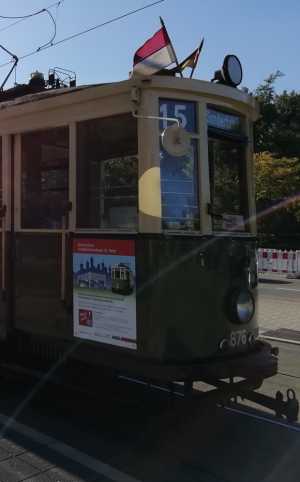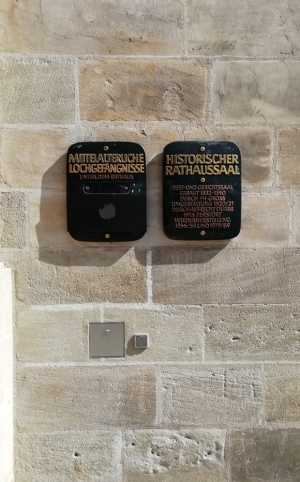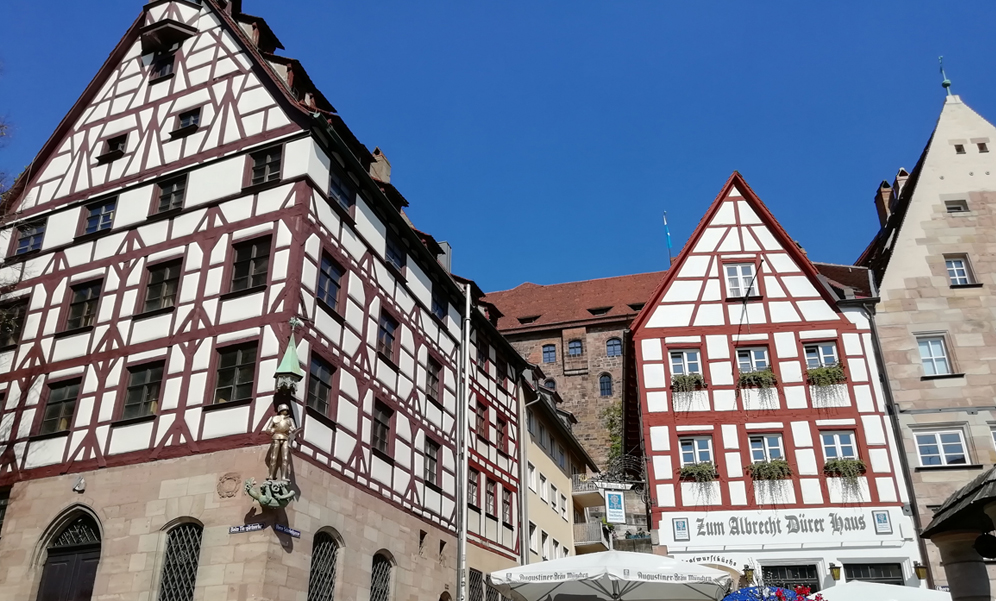This is a bit about the history, generalities and curiosities of an ancient city in our time. Nuremberg is a city for all tastes. In 2011 I visited this wonderful city of Franconia, Germany for the first time.

At that moment I only had a few curious facts about this place, like that its Christmas market (Christkindlesmarkt) is the largest in the country and that if you turn the fountain ring three times at your destination you will be returning to this city and now I live here.
However, what alarmed me most during that visit was that my classmates said: we are going to Hitler’s city. If we dig a bit, we will find out that the dictator was fascinated by Nuremberg, but most of the inhabitants of it, neither at that time nor in this time do they follow the idiom of National Socialism. On the other hand, the city holds many more treasures for all kinds of travelers.
Arriving in the city: land or air
To get to the one named by Wolfgang von Stromer (founder of the cotton industry in Europacentral) as “the Epicenter of inventions and innovations” we have the free choice to do it by air or by land. The city airport is small but it has direct flights to about 60 cities.

And by land, they were proud to be the first in Germany to have inaugurated the first section of the train that connects the city with its neighboring city Fürth em 1835. With the ICE you arrive in two hours from Munich.
Speaking of the public transport system, it must be said that it is really effective, so a car is unnecessary in daily life within this city.
If you wish, you can take a walk through the city on the old railway.
Although there are also guided tours in the city. If you want to be more sporty, you can download the application of the VGN (Verkehrsverbund Großraum Nürnberg) and rent a bicycle, with the same application you can access all kinds of tickets for public transport, with this I mean: one lap, four or of the day or week even of the month.
History and culture
Without a doubt, talking about Nuremberg is talking about history and culture. The jewel city as Hitler named it.

It dates from 1050 in a document where Henry II grants freedom to a woman named Sigena.
Almost two centuries later Frederick II grants him the title of free imperial city. This makes the city economically independent and also the small surrounding cities have to pay taxes making it grow rapidly.
Reason why in 1325 the third wall that surrounded the medieval city was created. This wall next to its four towers are preserved today and have become one of the symbols of it.
The industry in Nuremberg is very diverse. Some companies that are established here are Adidas, Man, Siemens, Faber-Castell, Playmobil.
In addition, the city has the so-called Nürnberg Messe which is a large convention center, where fairs of all take place the rubrics
Nuremberg is currently inhabited by more than half a million people of almost all nationalities, we cannot forget that it is the second largest city of Bavaria, after Munich.

Enjoying the city
If the intention of visiting the city is to have a good time, days or stay to live (like I ended up doing), there are many activities and recreational places for all ages.
Some of them are the many parks that give life to the city such as the “Volkspark Dutzenteich”, there you can sit watching the landscape, have a picnic or eat in a Biergarten and if you are a fan of history go through the Doku-Zentrum.

The documentation center was the building where Hitler made his meetings when he visited the city. As soon as you step into the building you see all the information in images, videos, audios and everything you can hear in Spanish or other languages.
The fair (Volkfest) is a few steps away, of course only in season either for summer or autumn; We also have open-air concerts on this side of the city, run by the city’s symphony orchestra for free.

My recommendation is that if the Nürnberg Card is to come for a minimum of two days: for 19 euros it includes for two days all the museums, public transport, the zoo, tours of the medieval dungeons, discounts in craft shops, theaters and tours.
Quaint cafes adorn the old city, as do delicious restaurants. The traditional food of the area is sausages, potatoes and beer.
Obviously the Nürnberger sausages that are eaten with a bagel (Kaiserbrötchen) are the most typical, but they also have more elaborate dishes such as pork leg roast that accompany with coleslaw and a kind of potato ball.
Everything seems very carnivorous but the truth is that there are vegetarian options everywhere and more and more vegan options.
Saying goodbye from the heights
Nuremberg is a city that allows us to see history and at the same time allows us to continue comfortably in modernity. An unmissable activity is undoubtedly to visit the Kaiserburg, the imperial castle that is now a museum, leaving us to illustrate how it would be at the time of the Germanic Roman Empire when the king came to give his first speech, let’s not forget that during this period, this was the city of protection of the jewels and treasures of the king.

From the top of the castle you get a view of the entire city, revealing the characteristic red roofs of the region.
Since they are there, they can appreciate the work of one of the greatest painters of the Albrecht Dürer revival. Dürer is originally from the lands where the Nibelungs treasure supposedly ended, dragged from the Rín river to the Pegnitz. Because of this, the magic brings you back to the city if you turn the hoop three times, other versions say that the hoop only brings good luck, the truth we will not know.


